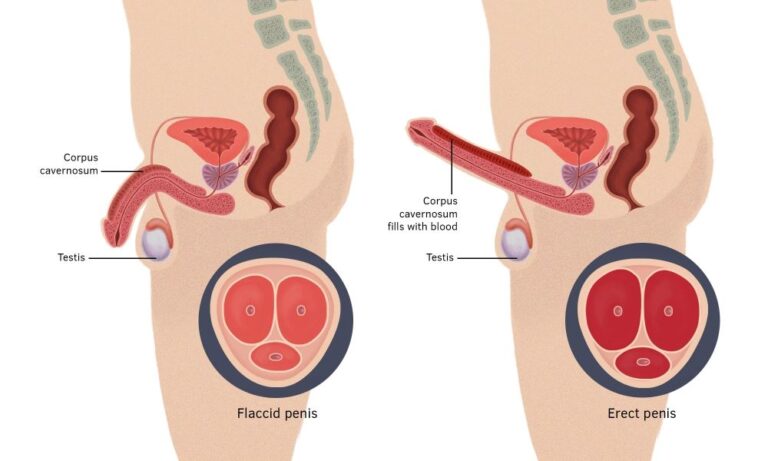
A hernia is a protrusion of an organ through the muscle wall. The most common ones are inguinal and umbilical hernias which happen when part of the intestine pushes through and appears in the groin or belly button. Hernias can also occur in other areas like under muscles and can be pushed into other areas by force or pressure. They are usually painless but could be accompanied by acute or chronic pain. Sometimes, they can make it difficult to breathe or cough due to the pressure which compresses the lungs.
Hernias are quite common in adults and are usually diagnosed with a physical examination. Ultrasound may also help diagnose them if needed. If you have a hernia, you need to visit a doctor specializing in treating hernias in Sebring. This article looks at the different types of hernias you can develop.
Epigastric Hernia
An epigastric hernia occurs when the stomach pushes through the abdominal wall. The most common symptom is upper stomach pain or heaviness, but nausea can also accompany it. There may also be a hard lump in the abdomen with mild to severe pain. Epigastric hernias are treated by laparoscopic surgery.
Umbilical Hernia
An umbilical hernia occurs when the stomach pushes through the abdominal wall. The most common symptom is upper stomach pain or heaviness, but nausea can also accompany it. There may also be a hard lump in the abdomen with mild to severe pain. Umbilical hernias are usually corrected by laparoscopic surgery, which involves making a small incision and pushing them back into place.
Femoral Hernia
A femoral hernia is when the intestine pushes through the groin near where it meets with the femur or thigh bone. Common symptoms include pain in the groin which may be sudden and sharp, swelling of the leg, nausea, and vomiting. Femoral hernias are usually diagnosed using an ultrasound (US) but sometimes require MRI to visualize the area more clearly. Surgery is the usual treatment for femoral hernias.
Inguinal Hernia
An inguinal hernia occurs when part of the intestine protrudes through the inguinal canal, a passage between muscles in the groin. It can cause pain, swelling, and heaviness. A doctor can diagnose inguinal hernias using ultrasound (US) or computed tomography (CT). They are treated by laparoscopic surgery.
Hiatal Hernia
A hiatal hernia is when part of the stomach pushes through the diaphragm and into the chest. It can cause pain in the back or abdomen, nausea and vomiting, difficulty swallowing, and a feeling that food isn’t fully digested. Hiatal hernias are diagnosed with a physical examination and endoscopy (with a tiny camera). They usually require surgery to repair them.
Incisional Hernia
An incisional hernia occurs when a surgical wound reopens and part of the intestine pushes through. They often cause swelling, pain, and an obstructed abdomen appearance. If they aren’t repaired, they can worsen or cause more problems later. They are usually diagnosed using X-rays, CT or US. Surgery is the usual treatment for incisional hernias.
In summary, a hernia is a protrusion of a muscle or organ through a muscle wall. The most common hernias include incisional hernias, Hiatal hernias, inguinal hernias, and epigastric hernias. Femoral and umbilical hernias are also relatively common.





